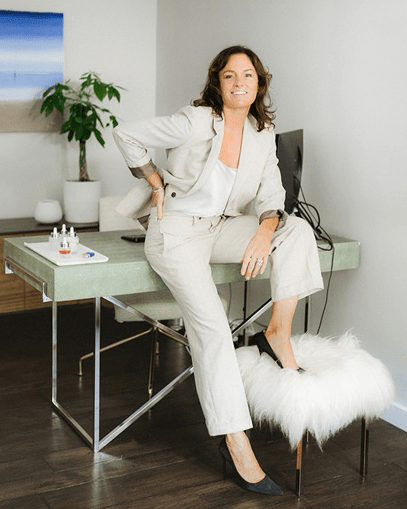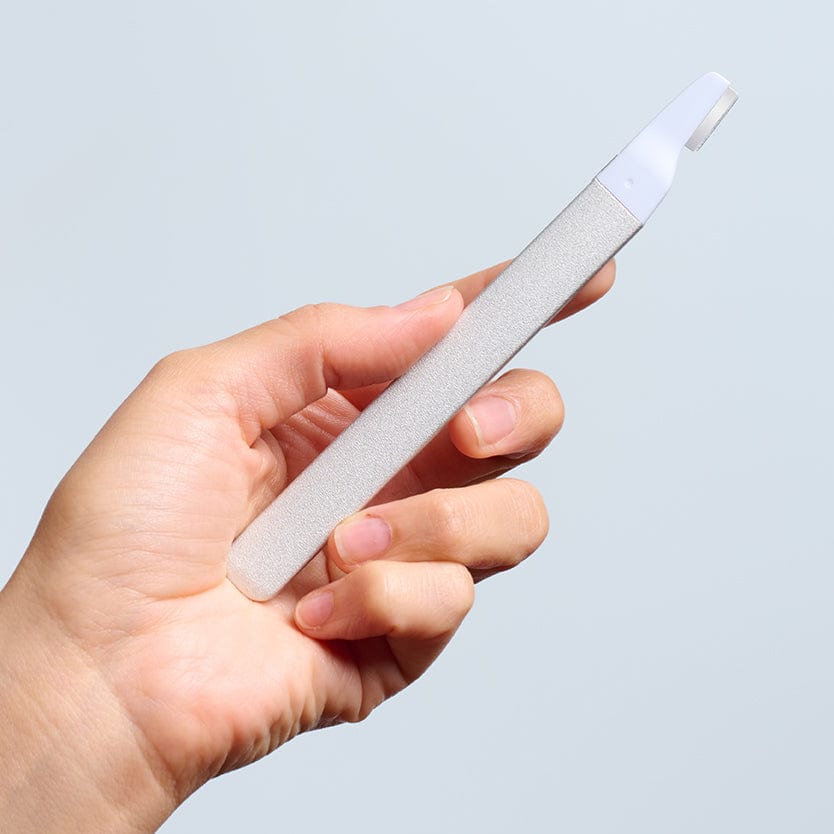Ultherapy, Laser, & Radio-Frequency: Which Is Best For Firming & Tightening Loose Skin?
Written by Kerry Benjamin

There are so many skincare treatments and options today that many of my clients find it confusing and overwhelming. Today I will outline for you three options for skincare renewal that are effective but different.
Ultherapy
Ultherapy uses ultrasound energy to heat targeted tissue under the surface of the skin, triggering the natural production of collagen. It is a non-invasive treatment used to lift and tighten loose skin on areas such as the eyebrows, jawline, neck and jowls, as well as improving wrinkles.
Laser
Laser resurfacing is a treatment to reduce facial wrinkles and skin irregularities, such as hyperpigmentation or acne scars. This technique involves short, concentrated pulsating beams of light directed at irregular skin, which removes skin layer by layer. It’s also known as lasabrasion, laser peel, or laser vaporization. If you have a medium or dark skin tone it’s important to know that you are at risk for hyperpigmentation with laser treatments. I always recommend consulting your skincare expert before undergoing any laser treatment, and if you have these particular skin tones you can consider other non invasive treatments like chemical peels, microdermabrasion and microneedling. These options can successfully lift pigment and smooth out acne scarring without the risks associated with laser.
Radio-Frequency Machine
A cosmetic RF machine uses Radio Frequency waves (electromagnetic waves at wavelengths of between 1Km and 1cm) in administration of treatments such as blemish removal, skin rejuvenation or getting rid of unwanted hair. An RF Machine is used mainly for administering skin tightening treatments for people suffering from sagging skin.
Which Is Better?
It depends! Lasers use light to target the tissue, while Ultherapy and radiofrequency devices use energy to heat the skin below the surface. All three result in skin tightening, however lasers and RF Machines focus energy on the surface of the skin, whereas Ultherapy targets deep below the skin (3 mm and 4.5 mm beneath the surface). Treating the deeper layers of skin means your body will be lifting and tightening from the inside out, which may help you to achieve better results.
Another important difference between the three is the amount of downtime associated with each treatment. Patients may need a couple weeks of social downtime after laser resurfacing, depending on the level of treatment. Ultherapy and RF Machines have virtually no downtime.
So to summarize, Ultherapy has the benefit of being a one-time treatment, and of targeting deeper tissue. RF is very comfortable and can be repeated at weekly intervals, but targets the skin (more superficial tissue). Lasers are very effective in combating wrinkles, aging, and many other skin imperfections on the surface level. Most patients can benefit from combining treatments, but may choose one over the other based on the condition of the skin and goals after treatment.
About the Author

Kerry Benjamin, a licensed aesthetician, has over 14 years of experience. Kerry is the driving force behind StackedSkincare. As the company's CEO, Kerry has dedicated her career to revolutionizing skincare. Her innovative approach combines peels, serums, and specialized tools to effectively address a wide range of skin concerns. CA LE license number Z98459.

